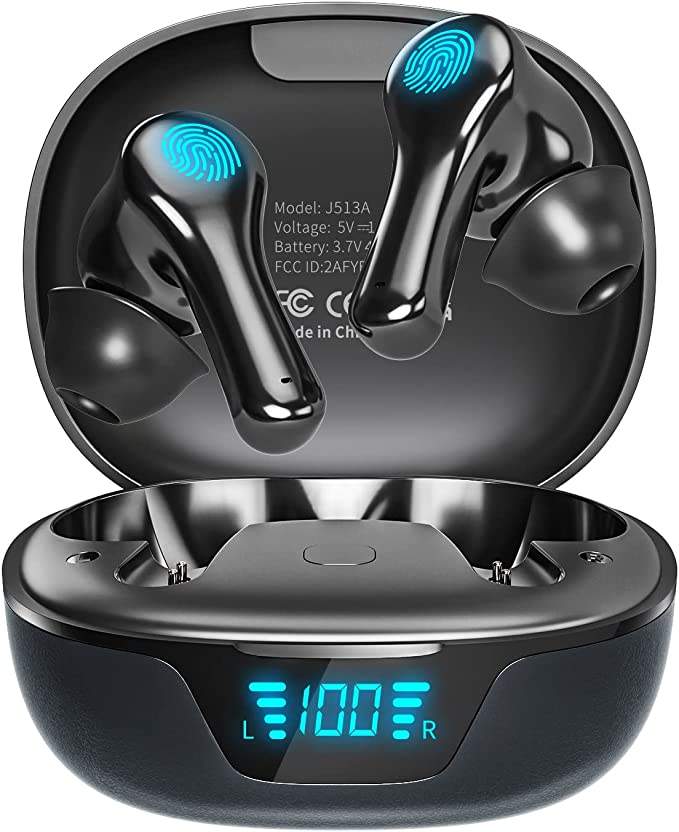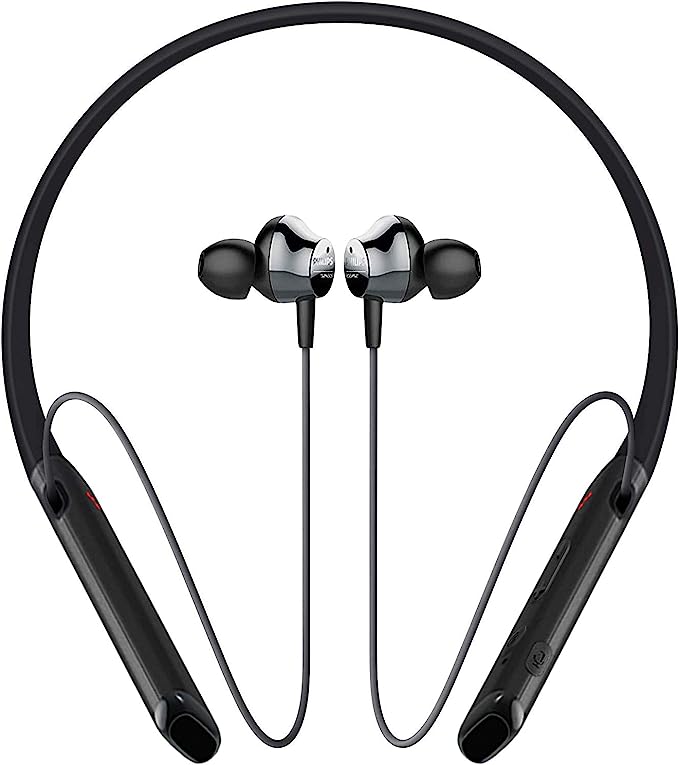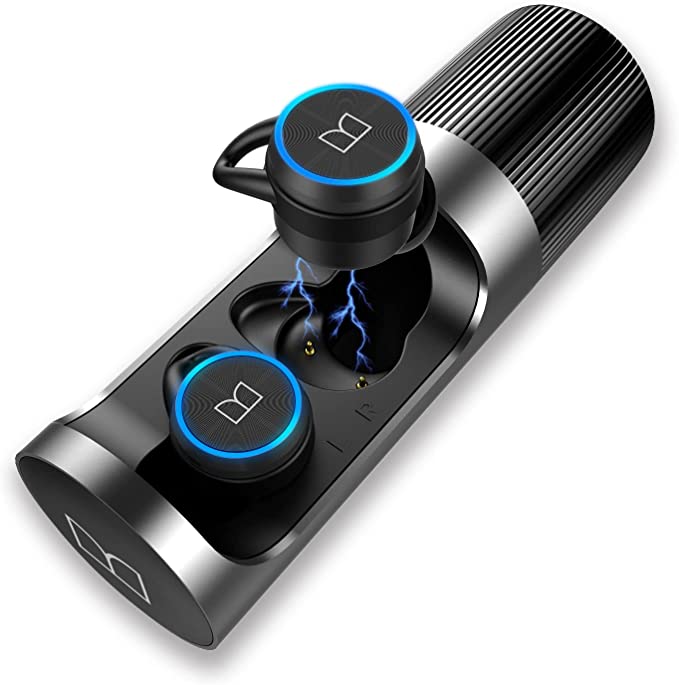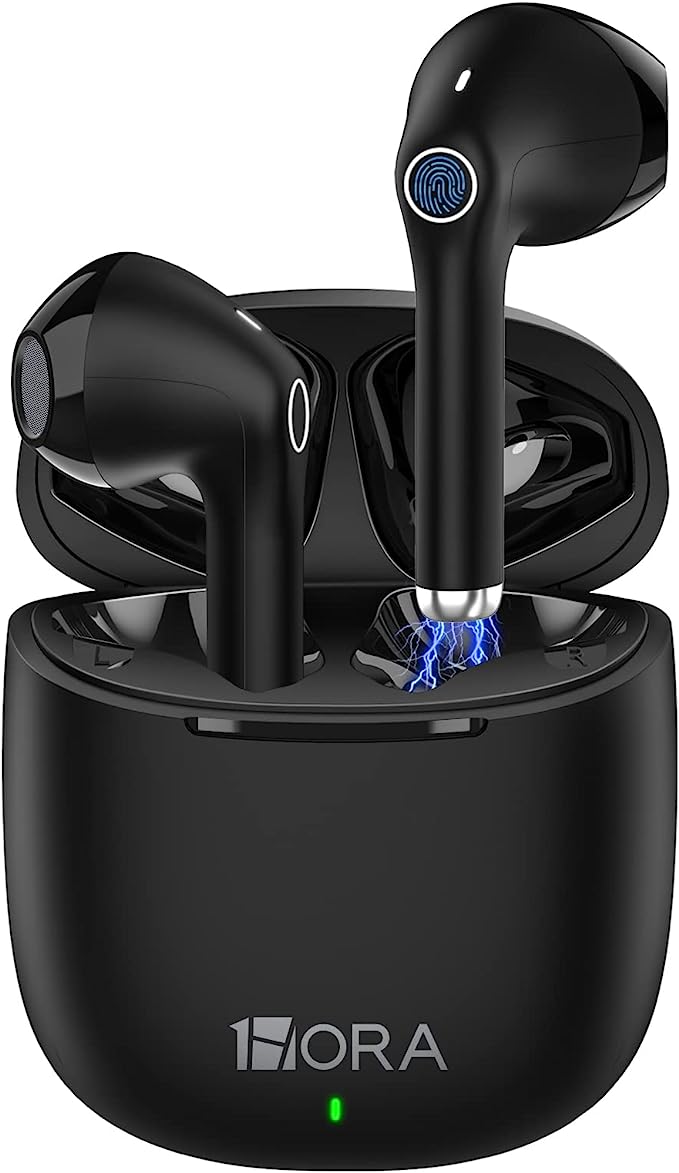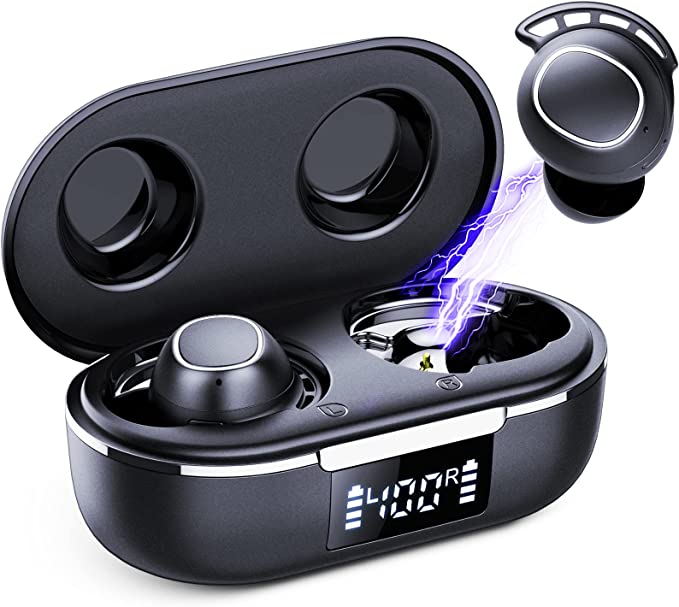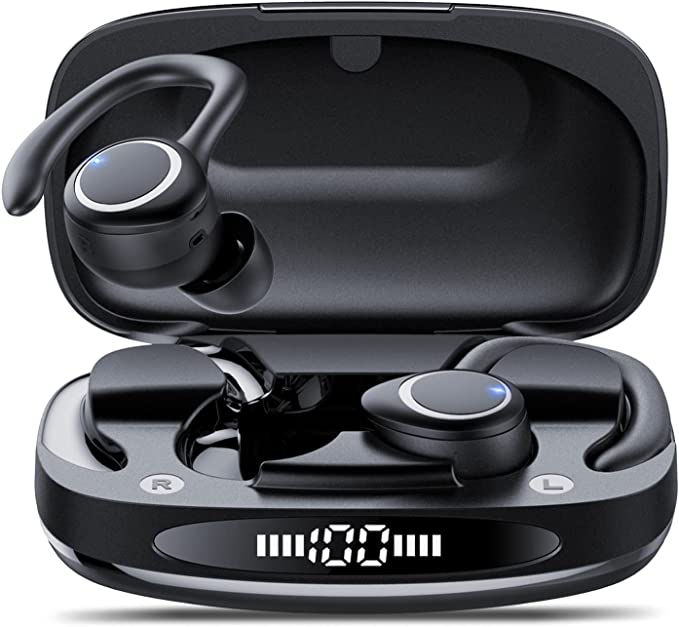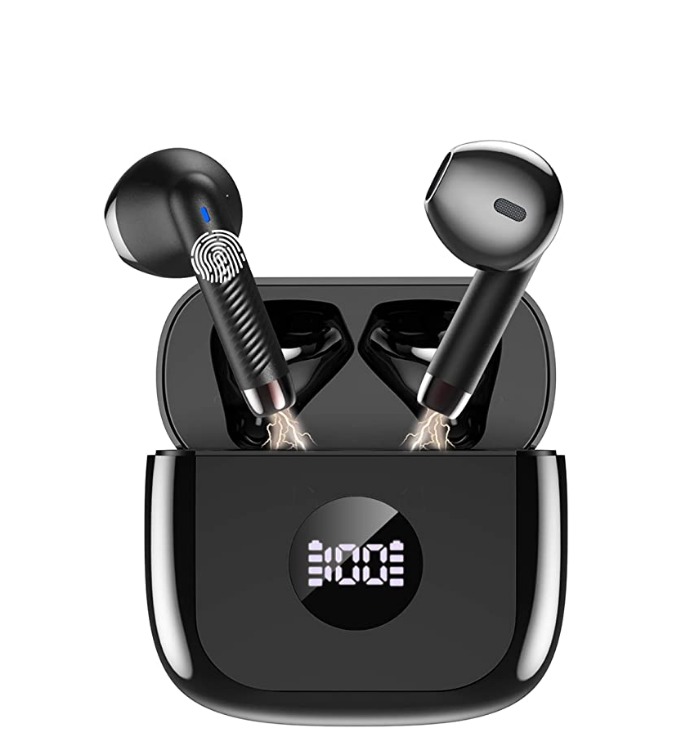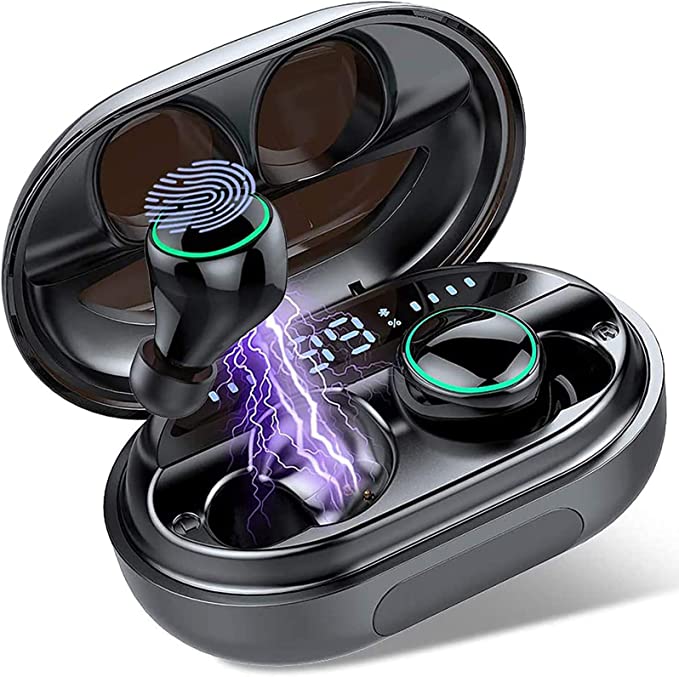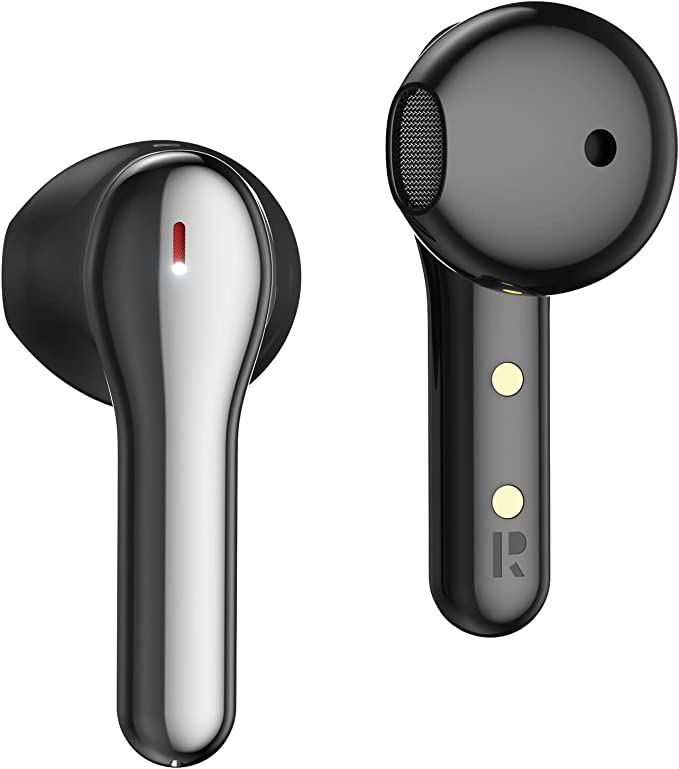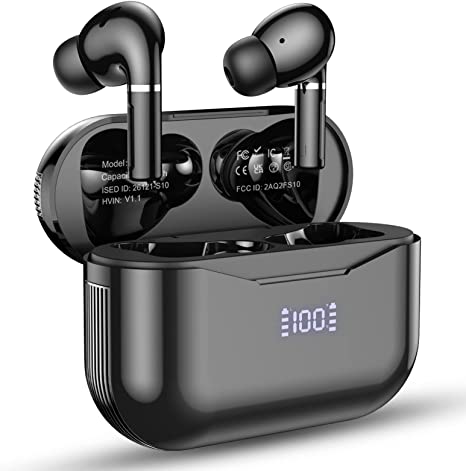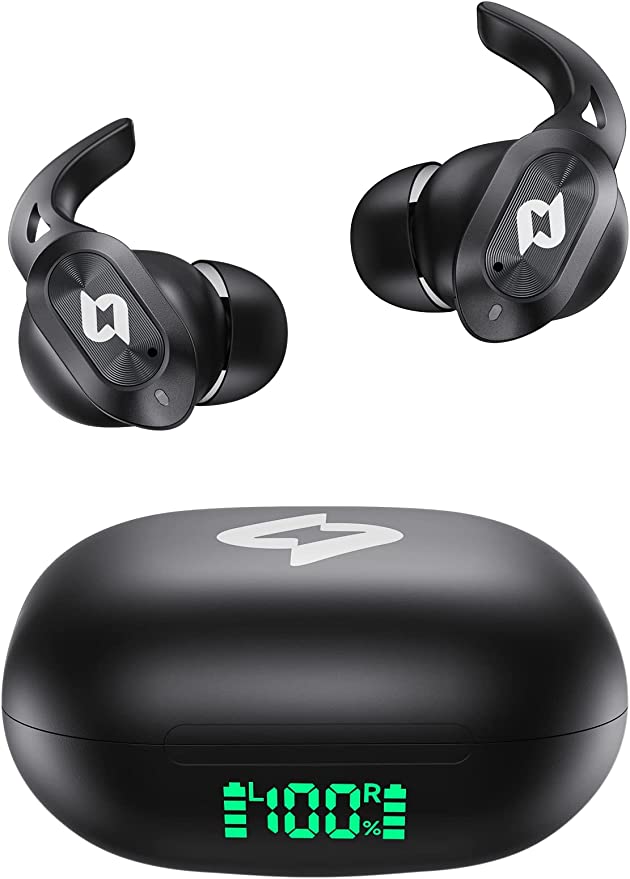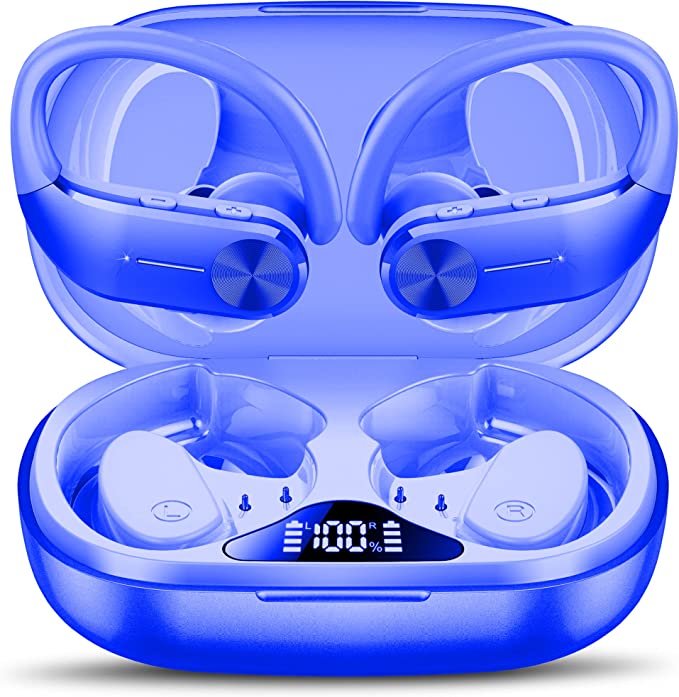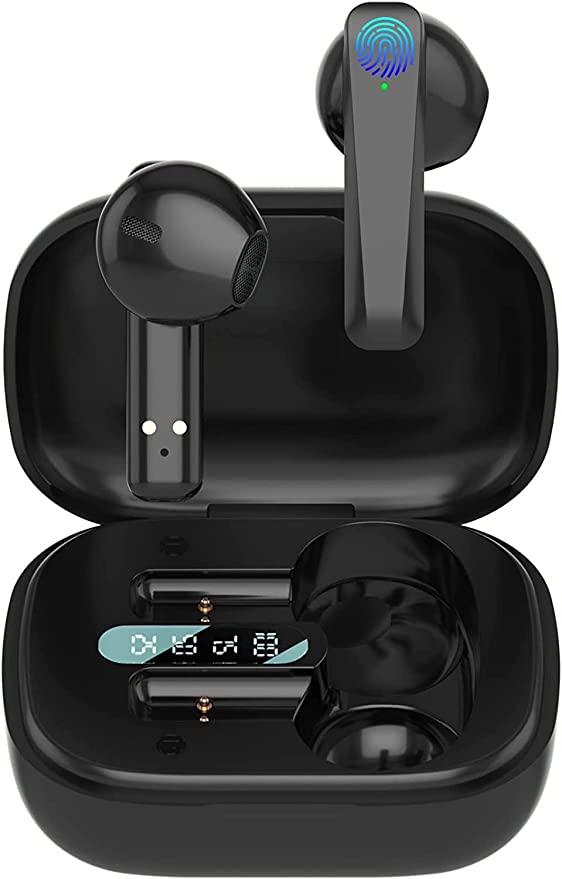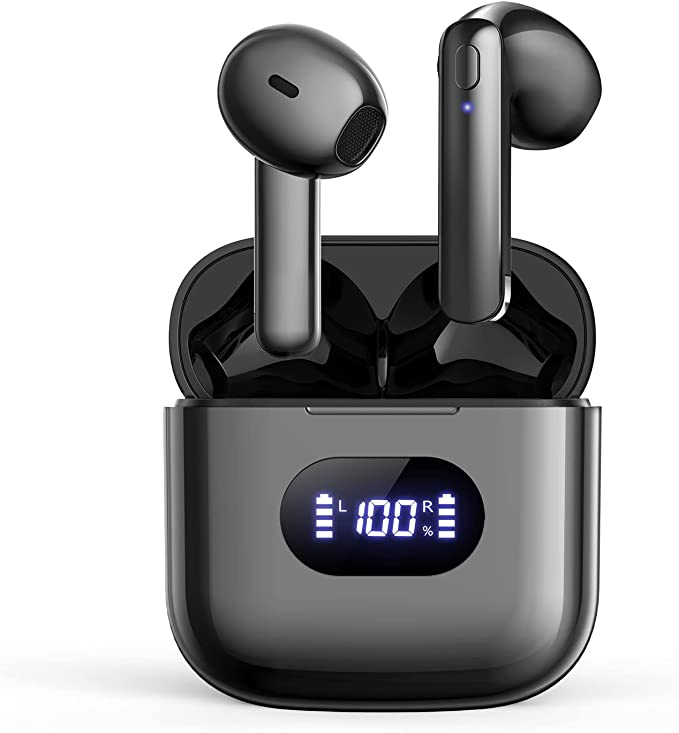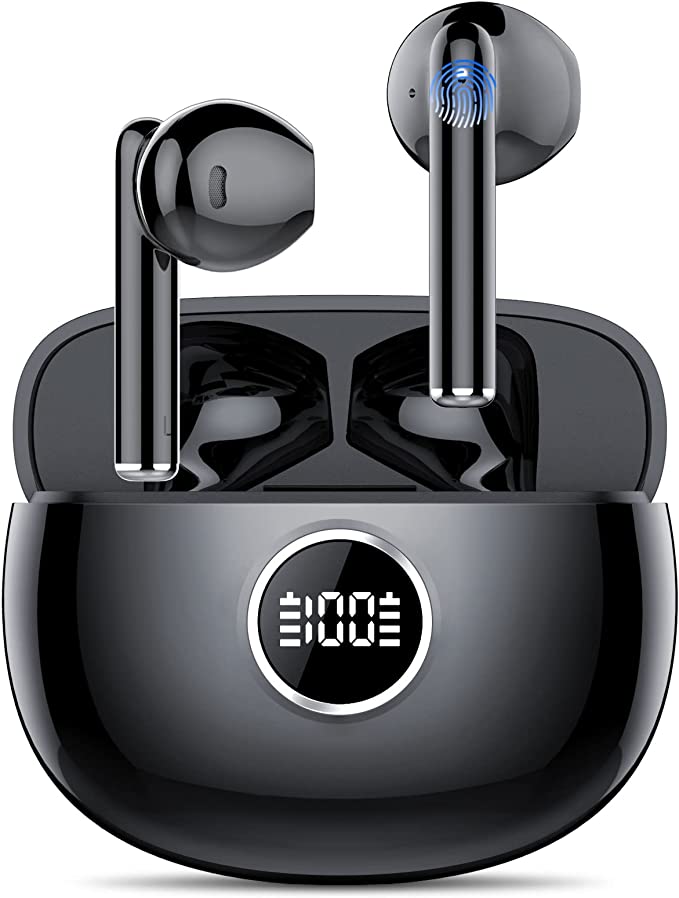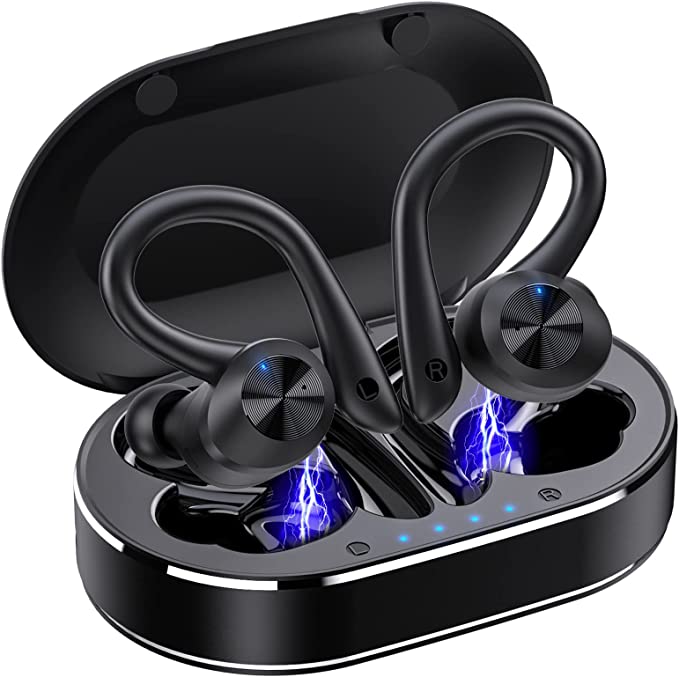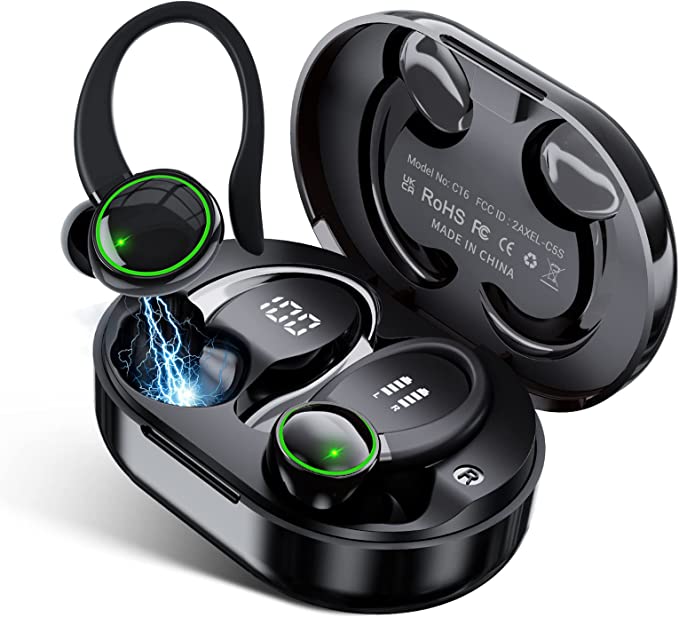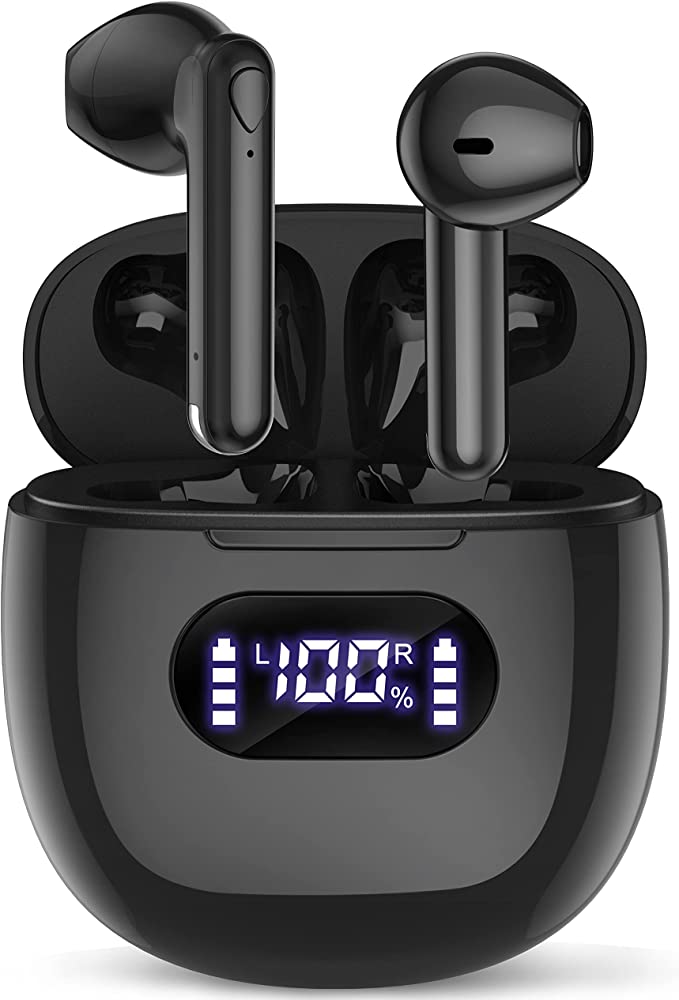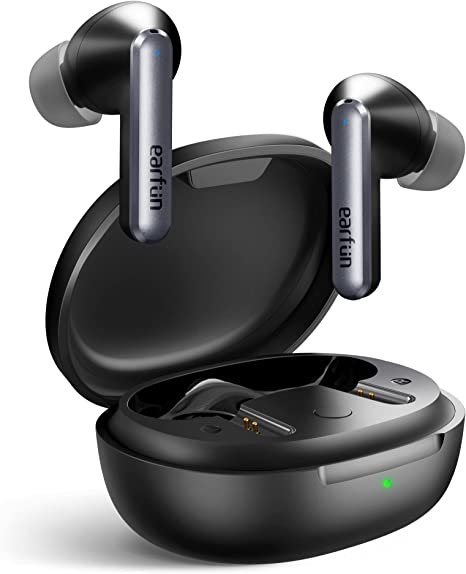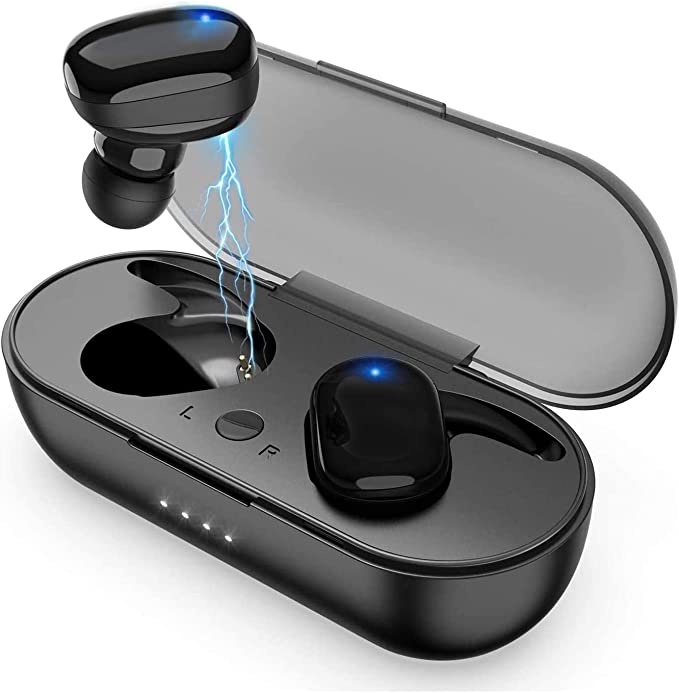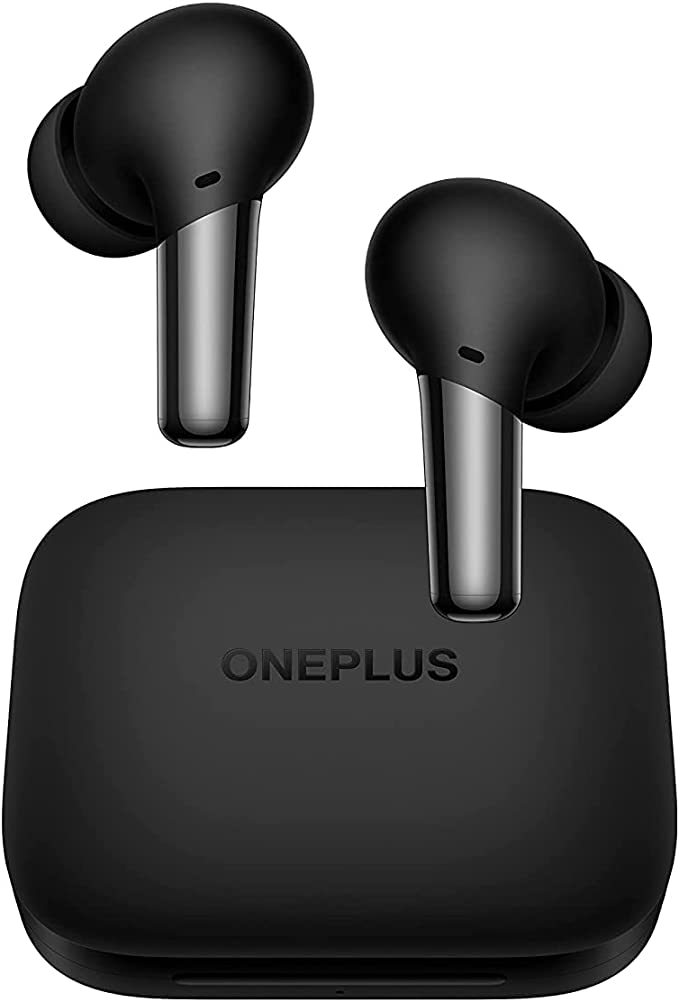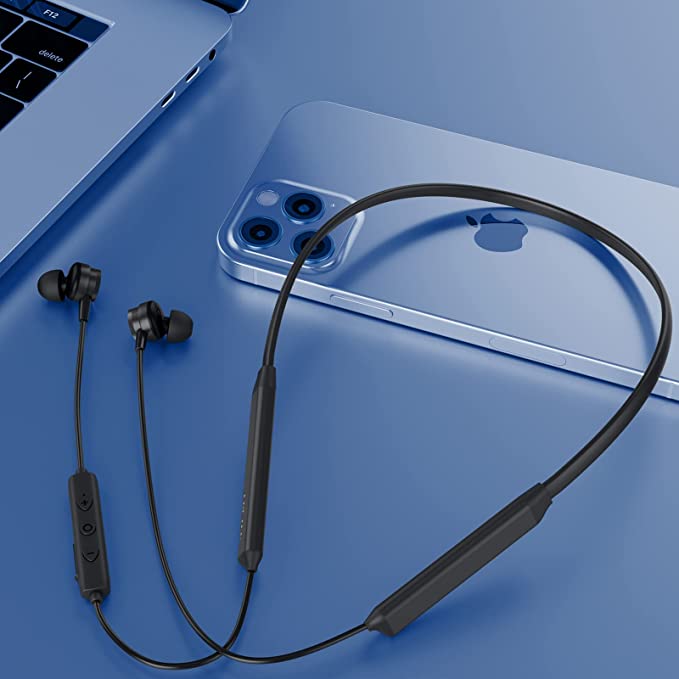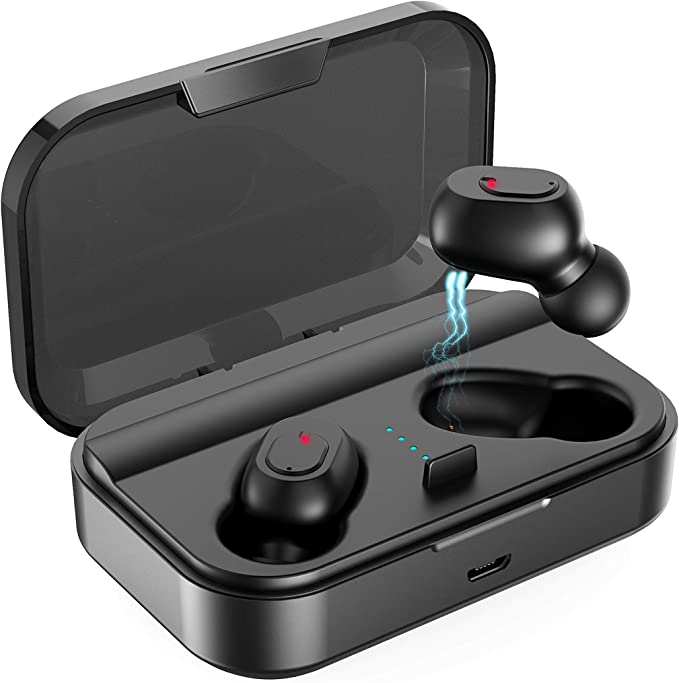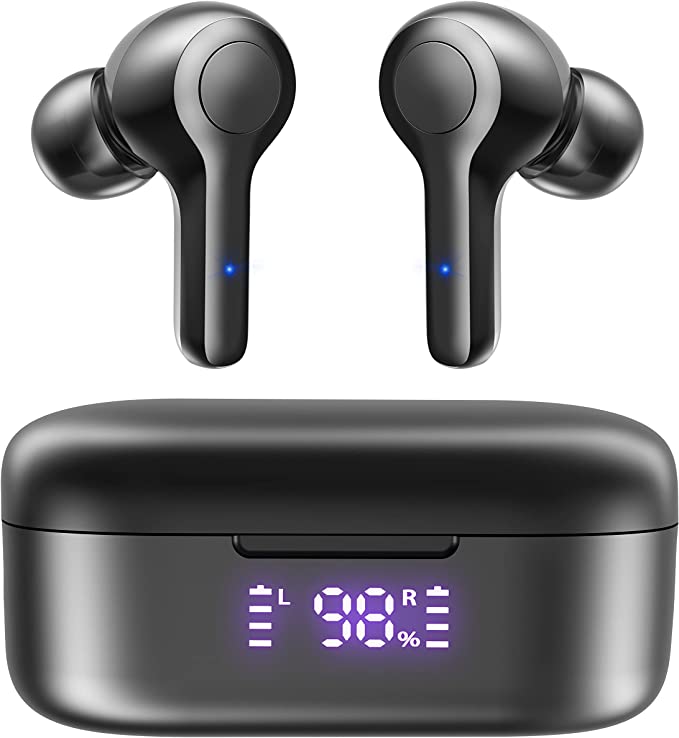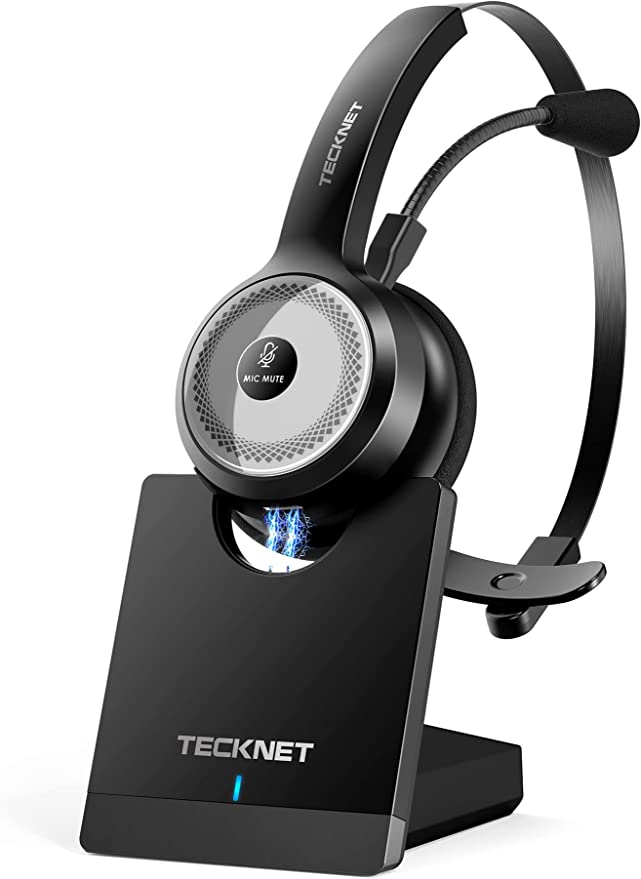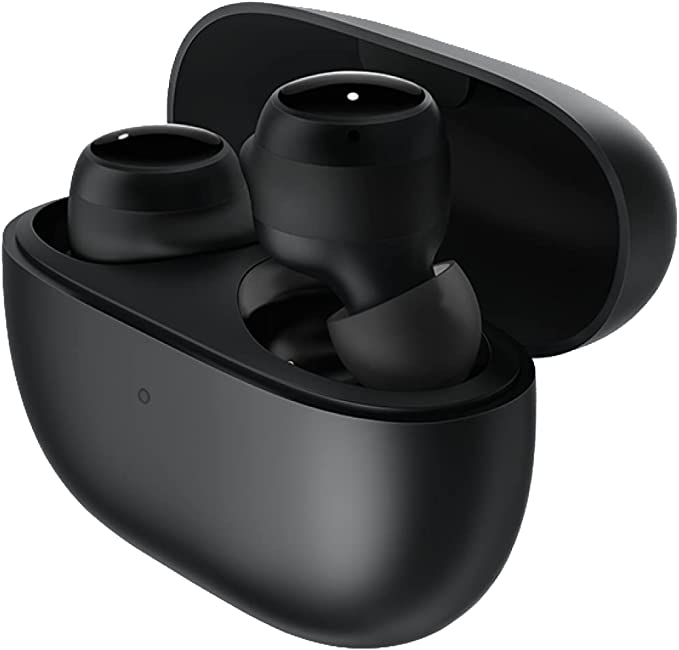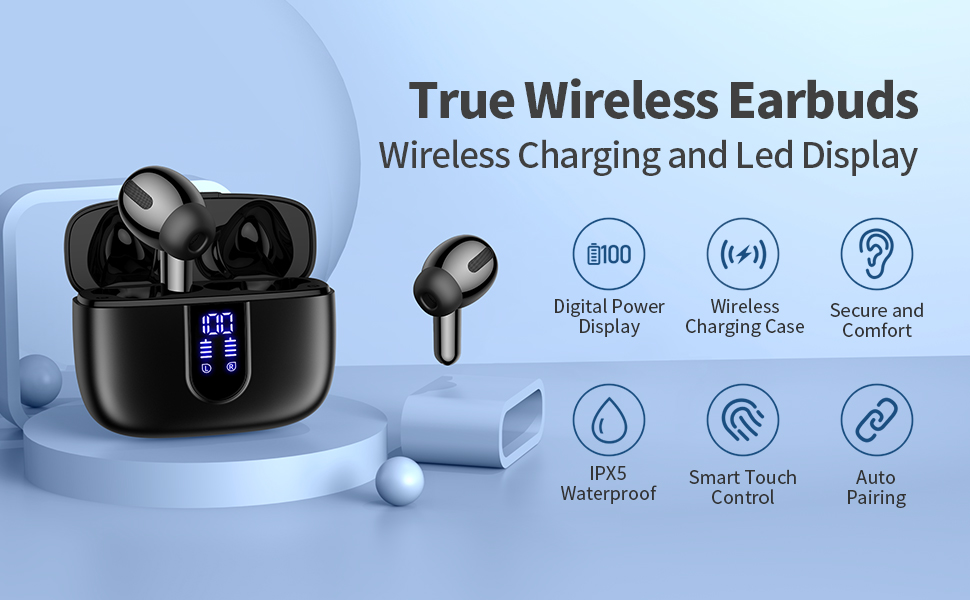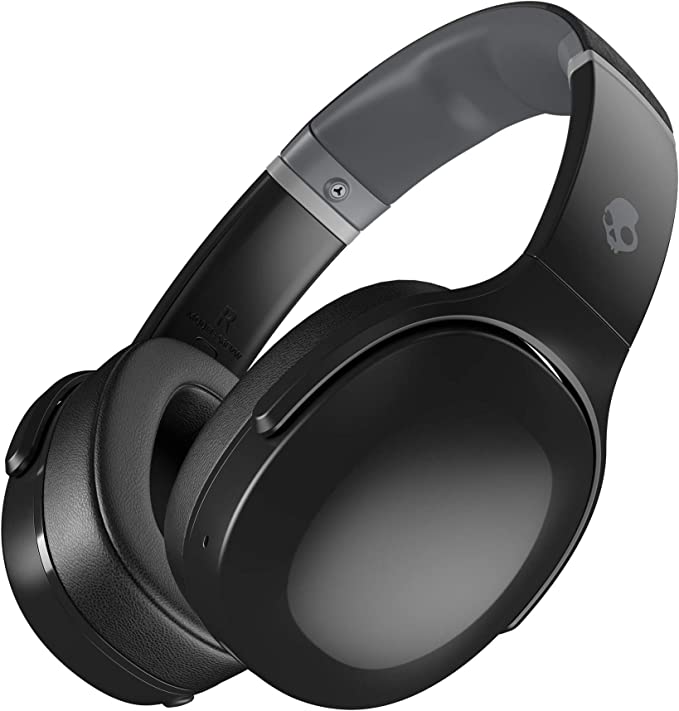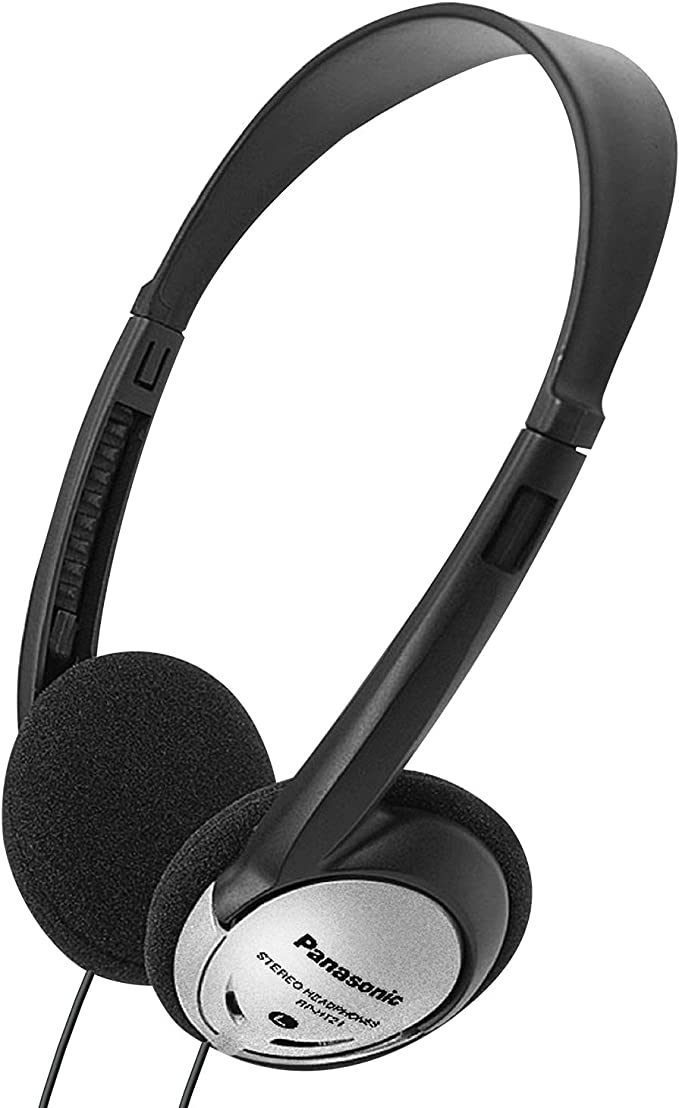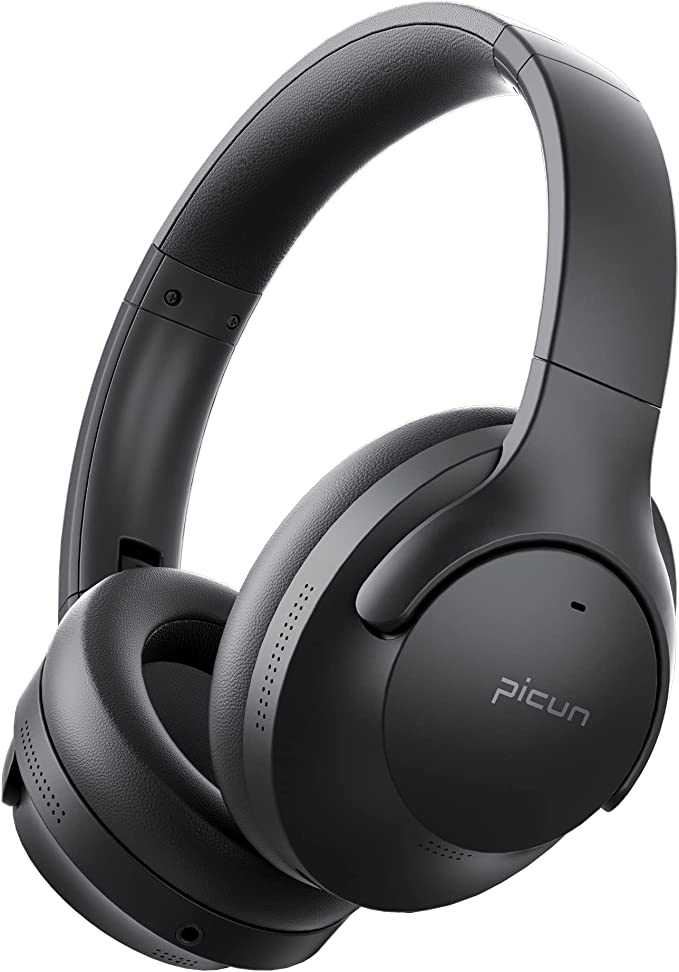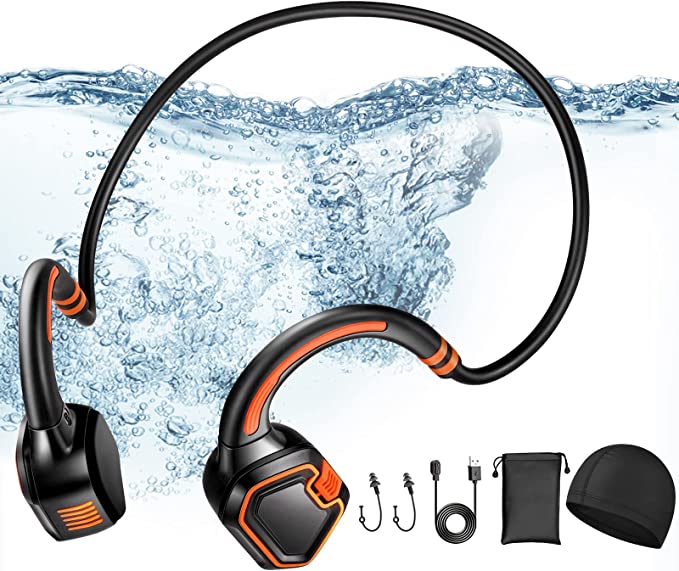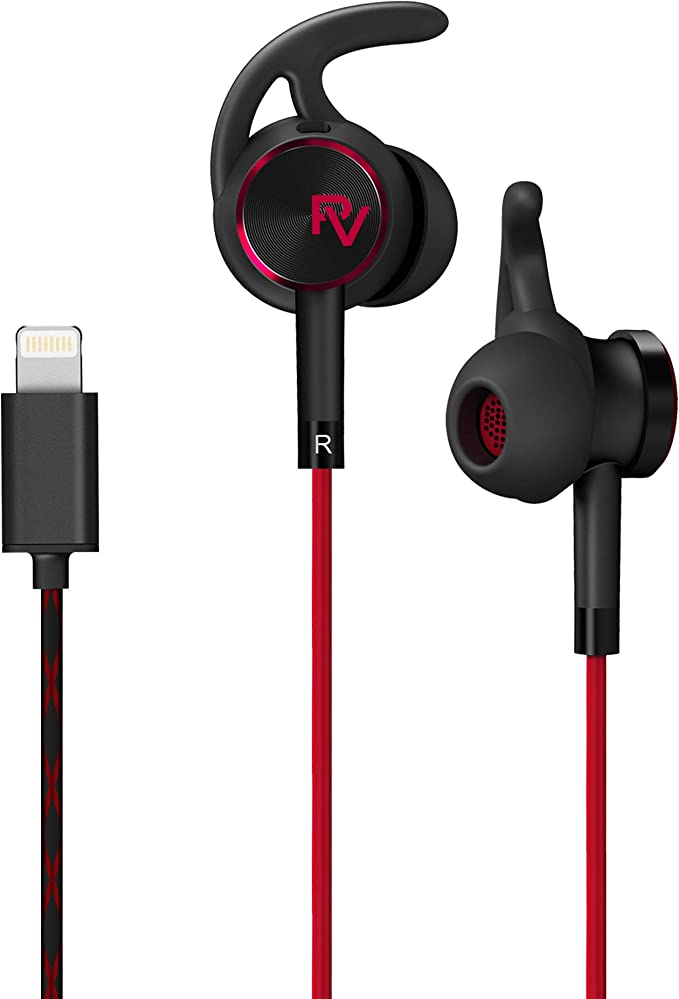Votlik K8 Wireless Earbuds: Great Sound Quality and Battery Life for the Price
Update on July 1, 2025, 3:56 a.m.
It’s the stuff of modern nightmares. You’re in a crucial video call, delivering the line you’ve rehearsed all morning. Unbeknownst to you, your microphone is live, and the gentle tapping of your keyboard sounds like a hailstorm to everyone else. The distant wail of a passing ambulance becomes the star of the show. Your voice, the actual signal, is lost in the noise. The problem isn’t that your microphone is broken; the problem is that it’s listening to everything. What you need is a better sound engineer—and luckily, you can now hire one that fits in your pocket.
We often see wireless earbuds like the Votlik K8 as simple audio gadgets. But it’s more accurate to think of them as a tiny, dedicated engineering team, constantly working to solve the messy problems of the physical world. Let’s open one up, metaphorically speaking, and see how your pocket sound engineer gets the job done.

Why They Can Hear Your Voice, Not Your Keyboard
The first and most urgent task for our engineer is to act as a bouncer for sound. Its job is to let your voice into the VIP section while kicking out the riff-raff of background noise. This is the real magic behind the feature listed as “4 Mic Noise Cancelling for HD Calls.” It’s not about making the world quieter for you; it’s about making you clearer to the world.
This technology is a clever strategy called beamforming. Imagine the auditory equivalent of the “cocktail party effect”—that remarkable ability our brain has to focus on a single conversation in a noisy room. Your earbuds replicate this electronically. The Votlik K8 places two microphones on each earbud. One is aimed to best capture your voice, while the other is positioned to listen to the ambient chaos of your surroundings.
A tiny processor, the brain of the operation, analyzes the sound waves hitting these microphones. Because your voice reaches the primary mic a fraction of a second before it reaches the ambient mic, the processor learns to identify your speech pattern. It then performs an incredible trick based on wave physics: it digitally boosts the signals that match your voice’s “fingerprint” and cancels out the sound waves that don’t. This creates a “beam” of focused listening, a spotlight of sound pointed directly at your mouth. Your keyboard clicks and the traffic outside are left in the dark.
This is also why some users might feel the “noise cancellation” isn’t very effective for their own listening. They are expecting Active Noise Cancellation (ANC), a different technology that creates anti-noise waves to quiet your surroundings for you. What these earbuds offer is Environmental Noise Cancellation (ENC), a selfless feature entirely for the benefit of the person on the other end of the line. It’s a crucial distinction that separates a good music device from a great communication tool.

The Invisible Tether: A Dance of Power Through Air
Once your engineer has mastered sound, it needs to manage its own lifeblood: energy. The constant anxiety of a dying battery is real. To combat this, the Votlik K8 offers two solutions: the reliable, fast-charging USB-C port, and the sheer convenience of wireless charging.
That little charging case resting on a pad, seemingly pulling power from thin air, is a direct descendant of Michael Faraday’s groundbreaking experiments with electromagnetism in 1831. The technology, governed by the global Qi standard, is a beautiful dance of physics. Your charging pad contains a coil that, when powered, generates a fluctuating magnetic field. Think of it as vigorously wiggling one end of a long jump rope. Inside the earbud case is a second, smaller coil. When you place the case on the pad, that magnetic “wiggle” travels through it, inducing a current in the receiver coil—just as the distant end of the jump rope starts to move in response. Voila, power is transferred.
Of course, this convenience comes with a trade-off, a fundamental concept in engineering. Wireless charging is less efficient than a direct cable connection; some energy is always lost as heat. It’s a choice between peak efficiency and effortless ease. The LED power display on the outside of the case acts as your engineer’s fuel gauge, a simple but vital piece of user interface design that gives you critical information without forcing you to interrupt the process.

Surviving the Real World: From Sweat to Signal Drops
Now, our pocket engineer must face its toughest assignments: the unpredictable chaos of everyday life. This is where design meets durability and where the limits of technology become apparent.
First, there’s the physical challenge. An IPX5 rating sounds technical, but it’s essentially a standardized durability report card issued by the International Electrotechnical Commission (IEC). The “X” means it hasn’t been rated for dust protection, but the “5” is what matters for an active lifestyle. It certifies that the earbuds can withstand sustained, low-pressure water jets from any angle. In human terms, this means your engineer is sweat-proof and rain-proof. It can survive the gym or a jog in a downpour, but don’t expect it to survive a swim—it’s water-resistant, not waterproof.
The second, more frustrating challenge is the invisible battle for airwaves. A user review for the Votlik K8 poignantly notes, “Signal constantly drops out 8 feet away.” This is a classic problem. Your earbuds communicate using Bluetooth, which operates on the incredibly crowded 2.4GHz radio frequency. This is the same public highway used by your Wi-Fi router, your microwave, and your neighbor’s smart devices. Signal dropouts can be caused by this interference. Furthermore, the way your phone compresses audio to send it (using codecs like SBC or AAC) involves a constant negotiation between sound quality and a stable connection. Sometimes, stability loses.
Even more vexing is the dreaded “one side quit working” issue. This often points to an older, less robust form of True Wireless Stereo (TWS) connection known as a “master-slave” system. In this setup, your phone only connects to one “master” earbud, which then relays the signal to the “slave” earbud. The master earbud does all the heavy lifting and its connection is a critical point of failure. More modern—and typically more expensive—systems allow each earbud to connect to the phone independently. For a budget-friendly device, choosing the simpler, older architecture is a common cost-saving measure, a hidden compromise that you only discover when one earbud suddenly falls silent.

Beyond the Brand: Listening with Understanding
When you look at a device like the Votlik K8, you’re not just seeing a piece of plastic and circuitry; you’re seeing a collection of deliberate engineering choices. The designers prioritized clear call quality with a sophisticated 4-mic array and offered modern charging conveniences. To meet a certain price point, they likely relied on standard Bluetooth hardware and connection architecture that, while functional, can be susceptible to the rigors of the real world.

Understanding this intricate balance of science, cost, and compromise is the key. It transforms you from a passive consumer, swayed by marketing terms, into an empowered listener. You begin to see every gadget not just for what it does, but for how it does it, and why it sometimes fails. You learn to appreciate the tiny, brilliant engineer in your pocket, to understand its strengths and its limitations, and to make choices based not on hype, but on insight. And that is the smartest way to listen to anything.
